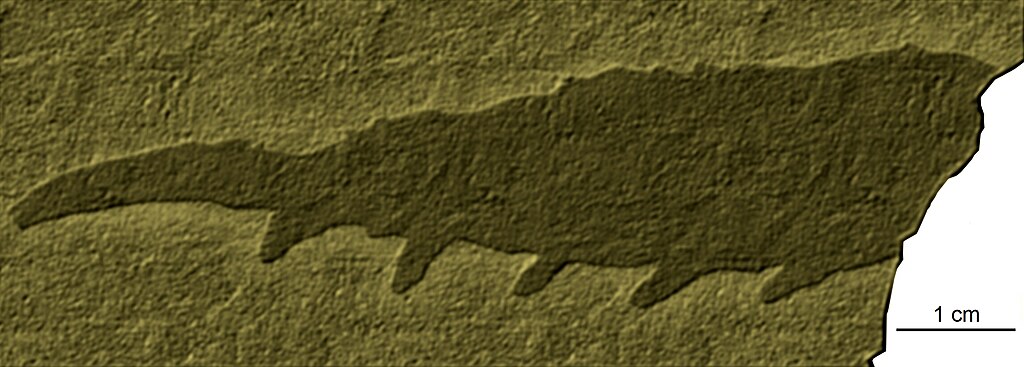When we imagine dinosaurs roaming the Earth millions of years ago, our mental images come primarily from fossils discovered by paleontologists. However, the fossil record presents an incomplete picture of prehistoric life. For every Tyrannosaurus rex or Triceratops skeleton proudly displayed in museums worldwide, countless other dinosaur species have left behind few traces—or none at all. This phenomenon, often called “ghost lineages” or “Lazarus taxa,” represents one of paleontology’s most fascinating puzzles. What happened to these missing dinosaurs? Were they truly rare, or have their remains simply evaded discovery? This article explores the mystery of missing dinosaur bones and examines why some species seem to have vanished from the fossil record entirely.
The Biased Nature of Fossilization

The process of fossilization inherently favors certain organisms over others, creating what scientists call “preservation bias.” Not all dinosaurs had equal chances of being preserved in the fossil record. Animals with robust skeletons, like the massive sauropods with their thick bones, were more likely to fossilize than smaller creatures with delicate frames. Additionally, environmental conditions played a crucial role—organisms that lived in environments conducive to rapid burial (like floodplains or river deltas) had better preservation chances than those inhabiting environments where remains were exposed to scavengers and decomposition. This preservation bias means our understanding of dinosaur diversity is skewed toward species that were fortunate enough to die in the right conditions, leaving many others as paleontological ghosts.
The Rare Earth Hypothesis of Fossil Formation

Paleontologists often describe fossilization as an exceptionally rare event—a sequence of unlikely circumstances that must align perfectly. For a dinosaur’s remains to become fossilized, the animal typically needed to be buried quickly after death, before scavengers and decomposition destroyed the skeleton. The sediment needed the right chemical composition to mineralize the bones, and then the fossil had to survive millions of years of geological processes without being destroyed by erosion, metamorphism, or tectonic activity. Finally, these fossils must be exposed to Earth’s surface and discovered by humans—who have explored only a fraction of potential fossil-bearing rocks. Some estimates suggest less than one percent of all species that ever lived have left behind fossils, meaning the dinosaur species we know likely represent just the tip of the prehistoric iceberg.
Geological Gaps: When the Record Goes Silent

One major contributor to missing dinosaur species lies in what geologists call “unconformities”—gaps in the rock record where no sedimentary layers were deposited or where they were subsequently eroded away. These geological gaps can span millions of years, effectively erasing entire chapters of Earth’s history. A notable example is the “Three-Meter Gap” immediately below the K-Pg boundary layer marking the dinosaur extinction event. This missing sedimentary record means we have little information about dinosaur communities in the final moments before the asteroid impact. Similarly, the Middle Jurassic period (170-165 million years ago) has relatively few dinosaur-bearing formations worldwide, creating a “dark age” in dinosaur evolution during which many lineages likely existed but left minimal fossil evidence.
Ghost Lineages: The Dinosaurs That Must Have Existed
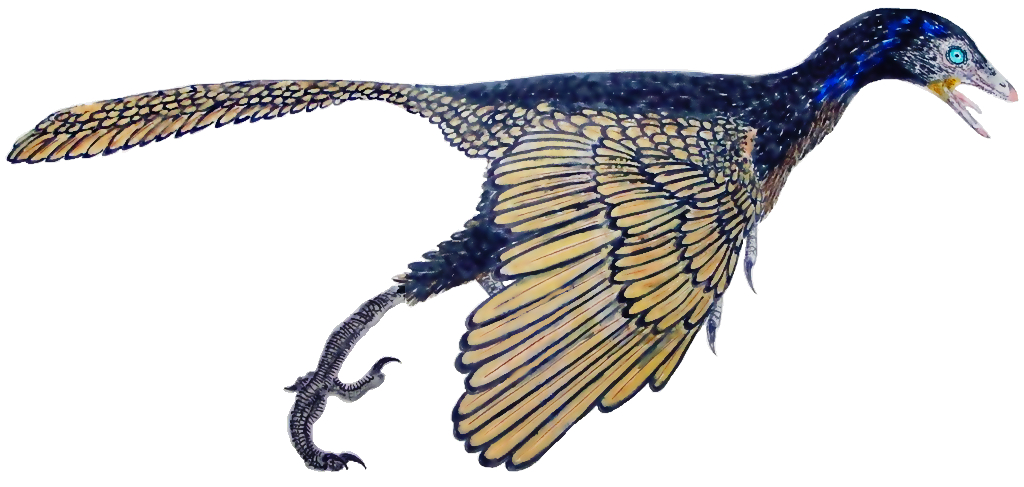
Evolutionary biology and phylogenetic analysis have revealed numerous “ghost lineages”—groups of dinosaurs that must have existed based on their evolutionary relationships, despite having few or no fossils. These ghost lineages emerge when we find related species separated by significant time gaps. For example, if Species A from 150 million years ago is clearly related to Species B from 120 million years ago, then their common ancestors and evolutionary intermediates must have existed during the intervening 30 million years—even if we haven’t found their fossils. The bird-like dinosaur Archaeopteryx from the Late Jurassic implies earlier, transitional forms between dinosaurs and birds existed, though we’ve found relatively few examples. Each ghost lineage represents dinosaur species that evolved, lived, and disappeared with little trace in our fossil collections.
The Preservation Lottery: Why Some Habitats Leave Few Fossils

Dinosaurs that lived in environments unfavorable to fossilization have largely disappeared from the record, creating significant knowledge gaps. Forest-dwelling dinosaurs are particularly underrepresented because forests typically have acidic soils that dissolve bones before they can fossilize. Similarly, highland and mountainous habitats experience erosion rather than sediment deposition, rarely preserving remains. This habitat bias means we know relatively little about dinosaurs that lived in these environments. For instance, paleontologists suspect many small, arboreal dinosaurs existed in prehistoric forests, but their fossils are exceedingly rare. Studies of modern ecosystems suggest that tropical forests support the greatest biodiversity, yet forest habitats have some of the poorest fossil preservation rates, suggesting we’re missing countless forest-dwelling dinosaur species.
Size Matters: The Disappearance of Small Dinosaurs
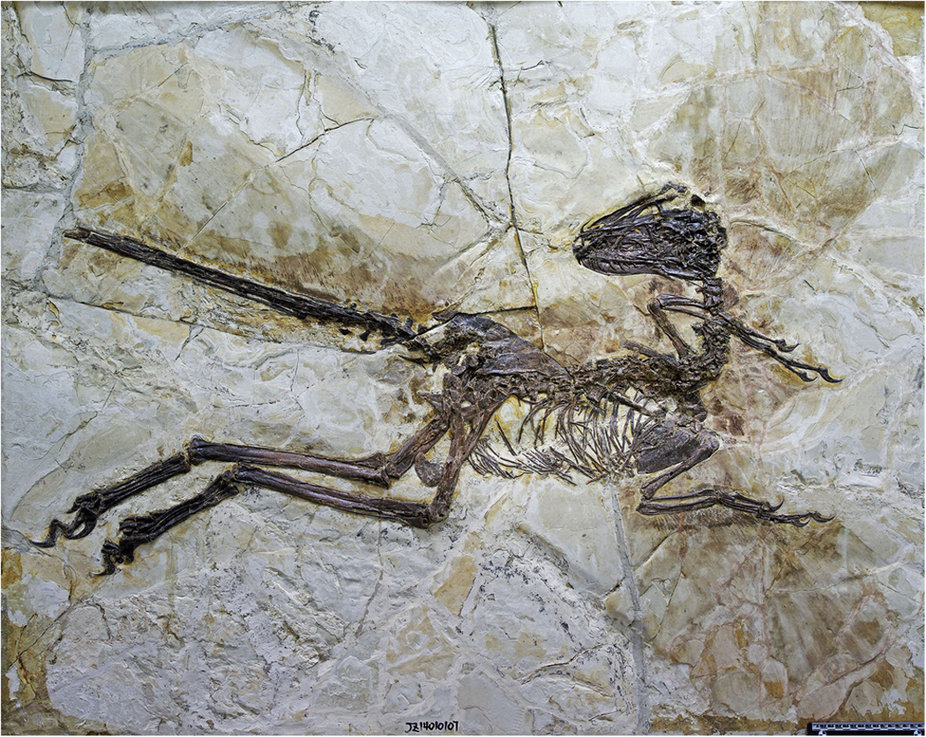
Small-bodied dinosaurs have systematically disappeared from the fossil record more often than their larger counterparts, creating a significant bias in our understanding. The tiny bones of small dinosaurs—some no larger than modern birds—were more vulnerable to destruction by scavengers, weathering, and acidic soils. Their skeletons also disarticulated more easily after death, scattering individual bones that might not be recognized as belonging to dinosaurs. The resulting preservation bias has skewed our perception of dinosaur communities toward larger species, potentially leading to incorrect assumptions about dinosaur ecology. Recent discoveries of exceptional fossil beds with fine-grained preservation, like those in Liaoning, China, have begun revealing a hidden world of small dinosaurs, suggesting tremendous diversity among diminutive species that rarely fossilized.
Lazarus Taxa: When Missing Dinosaurs Reappear
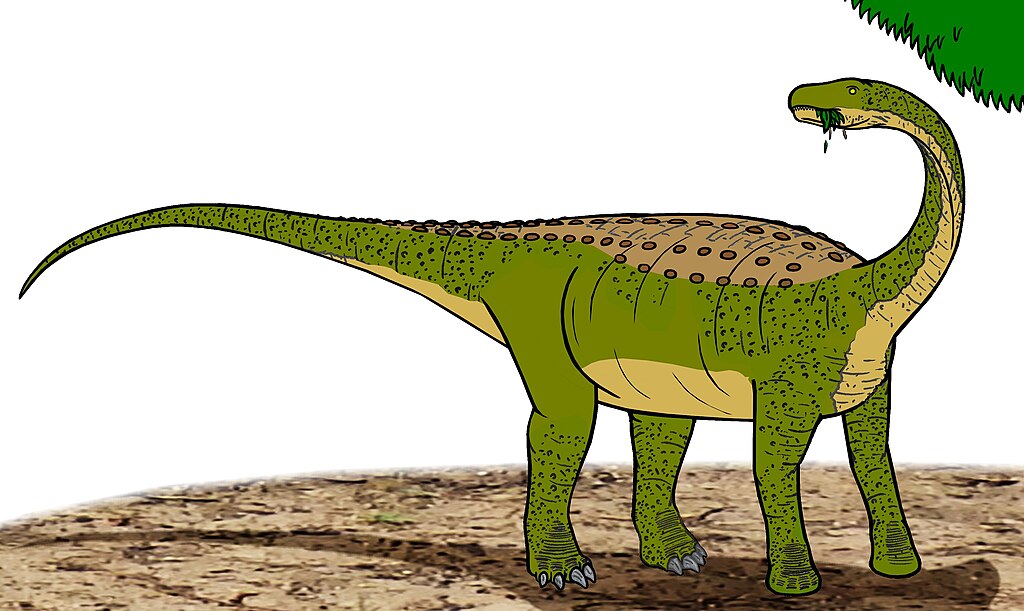
Occasionally, paleontologists discover fossils belonging to dinosaur groups previously thought extinct or entirely absent from certain time periods—phenomena known as “Lazarus taxa.” These surprising discoveries demonstrate how incomplete our fossil record truly is. The coelacanth fish offers a modern analogy—believed extinct for 65 million years until discovered alive in 1938. Among dinosaurs, the discovery of Ceratosaurus-like theropods in Late Cretaceous rocks of Madagascar revealed that this group survived much longer than previously thought, having disappeared from the fossil record for over 40 million years. Similarly, the primitive-looking titanosaur Magyarosaurus from Romania demonstrated the survival of seemingly archaic sauropod features into the Late Cretaceous. Each Lazarus taxon discovered raises questions about how many other dinosaur lineages might have persisted undetected due to gaps in fossil preservation.
Geographic Blind Spots: Unexplored Dinosaur Territories

The geographic distribution of paleontological research has created significant blind spots in our knowledge of dinosaur diversity. Historically, most dinosaur fossils have been collected from a handful of regions—particularly North America, Europe, and parts of Asia. Vast areas of Africa, South America, Australia, and Antarctica remain relatively unexplored for fossils, despite occasionally yielding remarkable discoveries when studied. Political instability, difficult terrain, and limited research funding have restricted fieldwork in many potentially fossil-rich areas. For example, the Sahara Desert likely contains numerous dinosaur fossils, but extreme conditions make systematic exploration challenging. Similarly, dense rainforests in the Congo Basin and Amazon may conceal fossil deposits that remain inaccessible. Each unexplored region potentially holds dinosaur species entirely unknown to science, their bones still waiting to be discovered.
The Soft-Tissue Dilemma: What Fossilization Doesn’t Preserve

Another limitation in our understanding of dinosaur diversity stems from the rarity of soft-tissue preservation in fossils. The fossil record primarily preserves hard tissues like bones and teeth, while soft anatomy—including skin, organs, muscles, and other features—typically decomposes without leaving traces. This preservation bias means we’re missing critical information about dinosaur species that may have been distinguished by soft-tissue characteristics rather than skeletal differences. Modern birds, the living descendants of dinosaurs, show tremendous diversity in features rarely preserved in fossils, such as wattles, combs, air sacs, and specialized tissues. If similar diversity existed among non-avian dinosaurs, we would have little evidence of it. Exceptional preservations showing soft tissues, like the rare specimens with skin impressions or feather outlines, hint at how incomplete our picture of dinosaur diversity truly is.
Population Dynamics: Rarity in Life and Death

The ecological principles governing animal populations may explain why some dinosaur species are missing from the fossil record. Not all dinosaur species were equally abundant during their existence—some may have lived in small, isolated populations or inhabited restricted geographic ranges, making their fossils statistically unlikely to be preserved or discovered. Paleontologists refer to this as the “common equals common” principle, where abundant species in ancient ecosystems tend to be well-represented in fossil collections, while naturally rare species often leave little trace. Top predators, which typically exist in smaller numbers than their prey, demonstrate this principle—for every fifty Triceratops specimens discovered, paleontologists might find just one Tyrannosaurus rex. For naturally rare dinosaur species living in small populations, the chances of entering the fossil record were exceedingly slim, potentially explaining many missing species.
The Discovery Dilemma: Finding Needles in a Global Haystack

The practical challenges of fossil discovery continue to limit our knowledge of dinosaur diversity. Paleontologists can only study fossils that have been found, and the process of finding fossils remains largely opportunistic despite technological advances. Fossils must first be exposed to the Earth’s surface through erosion or other geological processes to be discoverable. Then someone—either a professional paleontologist or an observant amateur—must notice and correctly identify them. Throughout much of paleontological history, fossil hunting focused on obvious, large specimens, potentially overlooking smaller or less distinctive remains. The limited number of trained paleontologists worldwide means only a tiny fraction of potential fossil-bearing exposures are systematically examined each year. These discovery limitations suggest that for every known dinosaur species, many more remain buried, undiscovered, or unrecognized in museum collections awaiting proper identification.
New Technologies Revealing Hidden Dinosaurs

Advanced technologies are gradually solving some aspects of the missing dinosaur mystery by enabling paleontologists to find and identify specimens that would have been overlooked in previous decades. CT scanning reveals dinosaur remains hidden within rock matrices without destructive preparation, sometimes identifying new species in long-collected specimens. Microscopic analysis has identified diminutive dinosaur bones previously mistaken for other animals. Drone surveys and satellite imaging help locate promising fossil exposures in remote regions, expanding the geographic range of paleontological exploration. DNA sequencing, though not yet applicable to dinosaur remains, has refined our understanding of evolutionary relationships among living creatures, helping scientists better predict where missing dinosaur lineages should fit. Perhaps most promising, machine learning algorithms are being developed to predict where undiscovered fossils might be found based on geological and environmental data, potentially guiding researchers to locations with the highest probabilities of preservation.
The Future of Finding the Missing
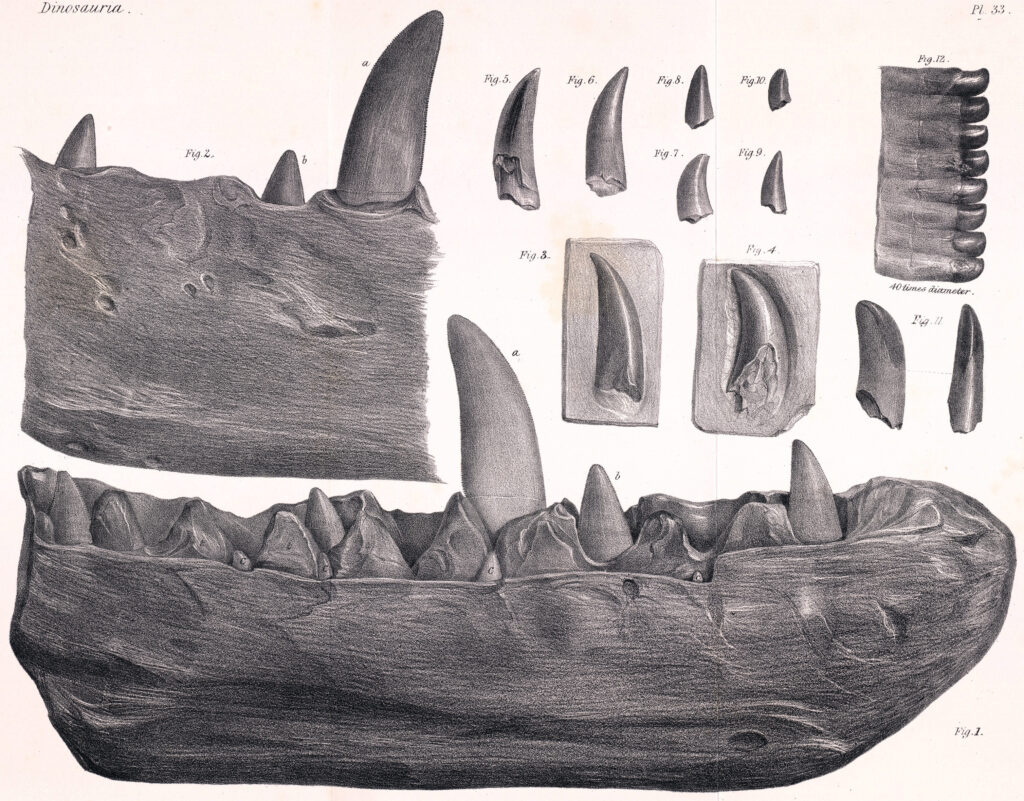
The outlook for resolving the mystery of missing dinosaurs grows increasingly promising as paleontology evolves. New fossil discoveries continue at an unprecedented rate, with an average of one new dinosaur species described every two weeks—far faster than at any previous time in the science’s history. Previously unexplored regions are yielding remarkable specimens, particularly in South America, Africa, and Asia. Targeted expeditions are increasingly focusing on underrepresented time periods and environments specifically to address known gaps in the fossil record. Citizen science initiatives are expanding the workforce searching for fossils, while museum collection reviews are identifying overlooked specimens collected decades ago. The digital revolution in paleontology, including online databases and 3D specimen repositories, is making comparative studies easier, helping scientists identify evolutionary relationships that point to missing species. Though the fossil record will always remain incomplete, the coming decades promise to fill many gaps in our understanding of dinosaur diversity, gradually solving the mystery of the missing dinosaurs.
The mystery of missing dinosaur bones reveals as much about the limitations of fossilization and discovery as it does about prehistoric life itself. For every dinosaur skeleton mounted in a museum hall, countless others left no traces for us to find. The fossil record represents not a complete catalog of past life but rather a series of fortuitous snapshots—brief glimpses into ancient ecosystems preserved through an unlikely sequence of events. As paleontological methods continue advancing and new regions yield their fossil treasures, our understanding of dinosaur diversity will undoubtedly expand. Yet perhaps the most exciting aspect of these missing dinosaurs lies in the knowledge that many remain undiscovered—waiting beneath the earth’s surface or within unassuming rock formations for future generations of fossil hunters to reveal their secrets.


